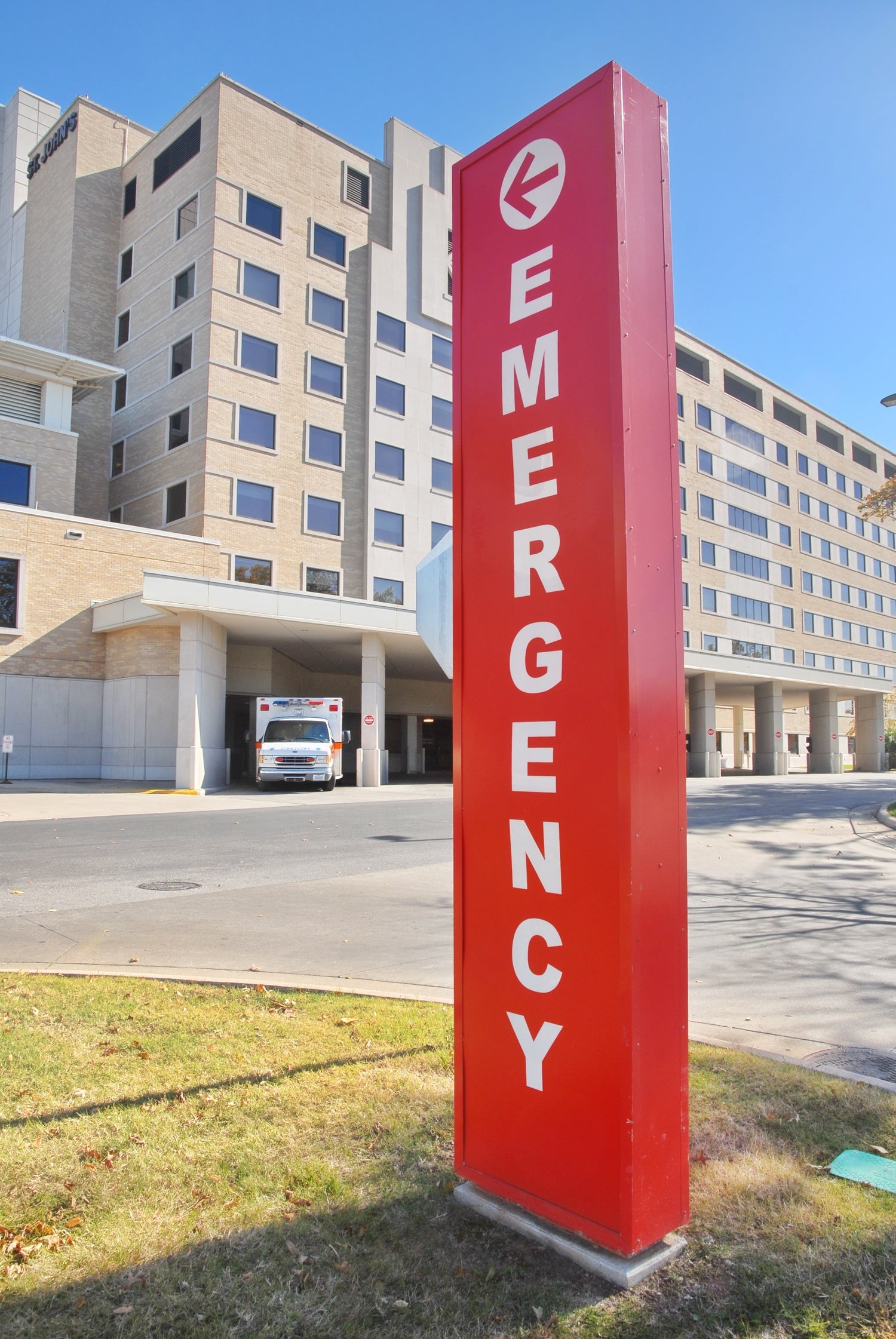AED Comparison Chart

Factors to Consider when Buying an AED
Extremely effective, especially when compared to CPR without an AED. Depending on which statistics you read and whether the person receiving treatment is in a hospital or not, CPR is only 2%-18% effective. AEDs, by contrast, increase survival rates for victims of sudden cardiac arrest by more than 80% if the person receives treatment within the first three minutes.
• Cost of Ownership
All AEDs have electrode pads and batteries that will expire and need to be replaced. Every AED will have different lengths of expiration and pricing for their respective electrode pads and batteries. When purchasing an AED make sure to factor in these costs and time frames to get an AED that works best for you. To see pricing and life expectancy of an AEDs particular pads or battery click the pads or battery life box on any AED on the comparison chart below.
• Semi Automatic and Automatic AEDs
Another factor to consider would be whether you would want a semi automatic AED or a fully automatic AED. All AEDs will have a semi automatic model but some manufacturers will have an automatic model available as well. The semi automatic and automatic AEDs will have the same functionality but the only difference will be when the AED determines a patient will need a shock. The semi automatic AED will prompt the user to press the shock button to deliver therapy and the automatic model will shock the patient without the need of pressing a button. You can click on the shock type box of any AED below on the comparison chart for more information.
• IP Rating
The IP Rating of an AED is also an important factor when purchasing an AED. The IP Rating of an AED determines how well the AED can keep out foreign contaminates such as solids or liquids. If the AED you are purchasing will be in a damp or dusty environment it might be more worthwhile to purchase an AED better suited for one of those environments. For more info and an IP Rating chart click on the IP Rating of any AED below on the comparison chart.
• New VS Recertified
AED Market sells all AED models in both new and recertified versions. A New AED will be a brand new unit directly from the manufacturer with the manufacturers warranty. A recertified AED will be an AED that has been tested by trained biomedical technicians to make sure the AED still meets or exceeds the standards set for the AED. The warranty for the recertified AEDs will be from AED Market. Theses AEDs are still current models that are being manufactured. The biggest difference between a new and recertified unit is going to be the warranty and the price. If you can not afford to purchase a new AED than a recertified option might be the choice for you. To see our recertification process you can click here and to compare pricing between a new and recertified AED check out the pricing in red on the comparison chart below.
